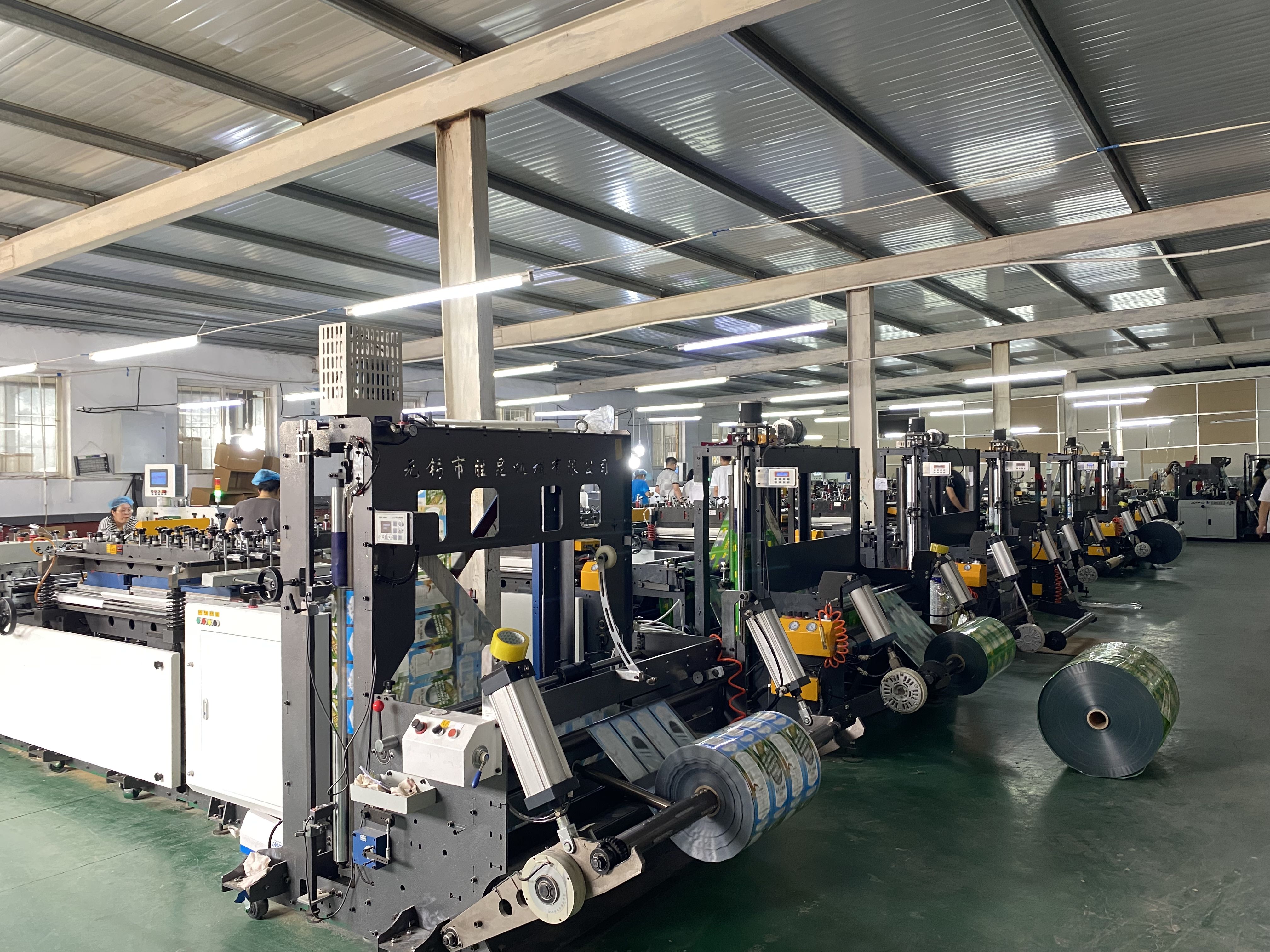When it comes to selling coffee, packaging is more than just a container—it's your brand’s handshake with the customer. The right packaging preserves freshness, reflects your identity, communicates quality, and influences purchasing decisions. With so many options available—bags, pouches, cans, boxes—how do you choose the best one for your business?
Whether you’re a new roaster or an established brand looking to upgrade, this article will help you make informed, strategic packaging decisions.

1. Understand Your Coffee Product and Target Market
Before selecting any packaging, first define what kind of coffee you sell:
- Whole beans or ground?
- Single-origin or blends?
- Premium specialty or budget-friendly?
Also consider where and how it’s sold—online, in grocery stores, at cafés, or in bulk to restaurants. If you cater to high-end customers, the look and feel of the packaging matters as much as the quality inside. If you're selling wholesale, functionality and cost-efficiency might be top priorities.
Knowing your product and audience will shape every other packaging decision.
2. Choose the Right Coffee Packaging Format
There are several popular formats for coffee packaging, each with its own pros and cons. Here’s a quick comparison:
Flat Bottom Pouch (Box Pouch)
- Pros: Premium look, excellent shelf stability, ample printing space
- Cons: Slightly higher cost
- Ideal for: Retail shelves, specialty brands
Stand-Up Pouch (Doypack)
- Pros: Economical, great for e-commerce, resealable
- Cons: Less stable on shelves
- Ideal for: Small roasters, online sales
Side-Gusset Bag
- Pros: Popular for large volumes, compact for transport
- Cons: Can look generic without customization
- Ideal for: Bulk sales, cafés, distributors
Tin or Can Packaging
- Pros: Excellent protection, premium appearance
- Cons: Expensive, not as eco-friendly
- Ideal for: Luxury lines, gift sets
Paper or Kraft Bags
- Pros: Natural aesthetic, eco-friendly
- Cons: Shorter shelf life unless lined
- Ideal for: Farmers’ markets, local brands, quick turnover
Choosing the right structure can help preserve your beans and make your product stand out on the shelf.
3. Prioritize Freshness: Features That Matter
Coffee is highly sensitive to air, light, moisture, and temperature. The wrong packaging can lead to stale, flavorless beans—and lost customers.
Look for these essential features:
One-Way Degassing Valve
Allows carbon dioxide to escape without letting oxygen in. Crucial for freshly roasted beans that continue to emit gas for days.
Resealable Zippers
Let customers keep the bag closed after each use, helping retain flavor and aroma.
Light-Blocking Material
Coffee degrades in light. Choose opaque materials (like foil or metallized films) to block UV rays.
Moisture and Air Barriers
Multi-layer laminate films or aluminum linings protect against humidity and oxidation.
These features aren’t just technical—they directly affect how your product tastes once it reaches the customer.
4. Align Packaging Design with Your Brand Identity
Great packaging tells a story in a glance. Ask yourself:
- Do you want to appear premium or approachable?
- Should the design feel modern, rustic, eco-conscious, or artisanal?
- What colors, fonts, and materials best reflect your brand personality?
Visual Elements to Consider
- Logo placement and size
- Color schemes (earth tones for natural feel, bold for modern)
- Product info clarity (origin, roast level, tasting notes)
- QR codes for origin traceability or storytelling
Packaging Texture and Finish
- Matte vs glossy film
- Embossed logos for luxury touch
- Recyclable kraft paper for eco-conscious appeal
Investing in professional design—or a quality template—pays off in both shelf appeal and consumer trust.
5. Consider Sustainability and Eco-Friendly Options
More consumers are paying attention to packaging waste. Choosing environmentally responsible options isn’t just good ethics—it’s smart business.
Eco-Friendly Materials
- Compostable films (PLA, cellulose-based)
- Recyclable PE mono-material bags
- Kraft paper with biodegradable linings
Lightweight, Low-Waste Designs
Smaller, flexible pouches use less material and reduce shipping emissions.
Certifications to Look For
- FSC (Forest Stewardship Council)
- OK Compost
- BPI compostability seal
Be transparent about your eco-claims. Clear labeling and instructions for disposal can build trust and brand loyalty.
6. Evaluate Cost and Supply Chain Logistics
Cost matters—especially when scaling your business. But the cheapest option isn’t always the best if it compromises product integrity or brand perception.
Key cost-related factors:
- Minimum order quantities (MOQs)
- Lead times for printed vs stock packaging
- Storage requirements (flat pouches save space)
- Printing method: digital (low volume) vs rotogravure (large volume)
Also consider whether to use:
- Stock packaging + label application (flexible, affordable)
- Fully custom-printed bags (professional, high-impact)
Balancing budget with brand goals is key to sustainable growth.
7. Common Mistakes to Avoid
Even experienced roasters make packaging missteps. Watch out for:
- Using clear or unlined bags that allow air/light in
- Overcomplicating design or making key info hard to read
- Ignoring local recycling laws or false eco claims
- Choosing form over function—at the cost of freshness
- Neglecting customer experience (e.g., no reseal)
Your packaging should be user-friendly, protective, and on-brand—not just pretty.
8. Insights from Industry Experts
“You can have the best coffee in the world, but if your packaging doesn’t protect it or connect with the buyer, you’ll lose that value instantly.”
— Marina S., Coffee Packaging Consultant
“I tell roasters to think about packaging like a business card—it’s a silent salesperson on every shelf or screen.”
— Diego C., Specialty Coffee Retailer
“Start small with versatile stock bags, then move to custom prints as your brand grows. Packaging should scale with your business.”
— Lila T., Coffee Brand Strategist
Finding the Right Fit for Your Brand
Choosing the best coffee packaging is both a technical decision and a creative one. It affects shelf life, sustainability, branding, logistics, and ultimately—customer experience. Whether you’re just starting out or revamping your brand, remember: great packaging protects what’s inside and promotes what you stand for.
Start by knowing your product and audience. Then balance function, aesthetics, and budget to find the packaging solution that fits your business best.

